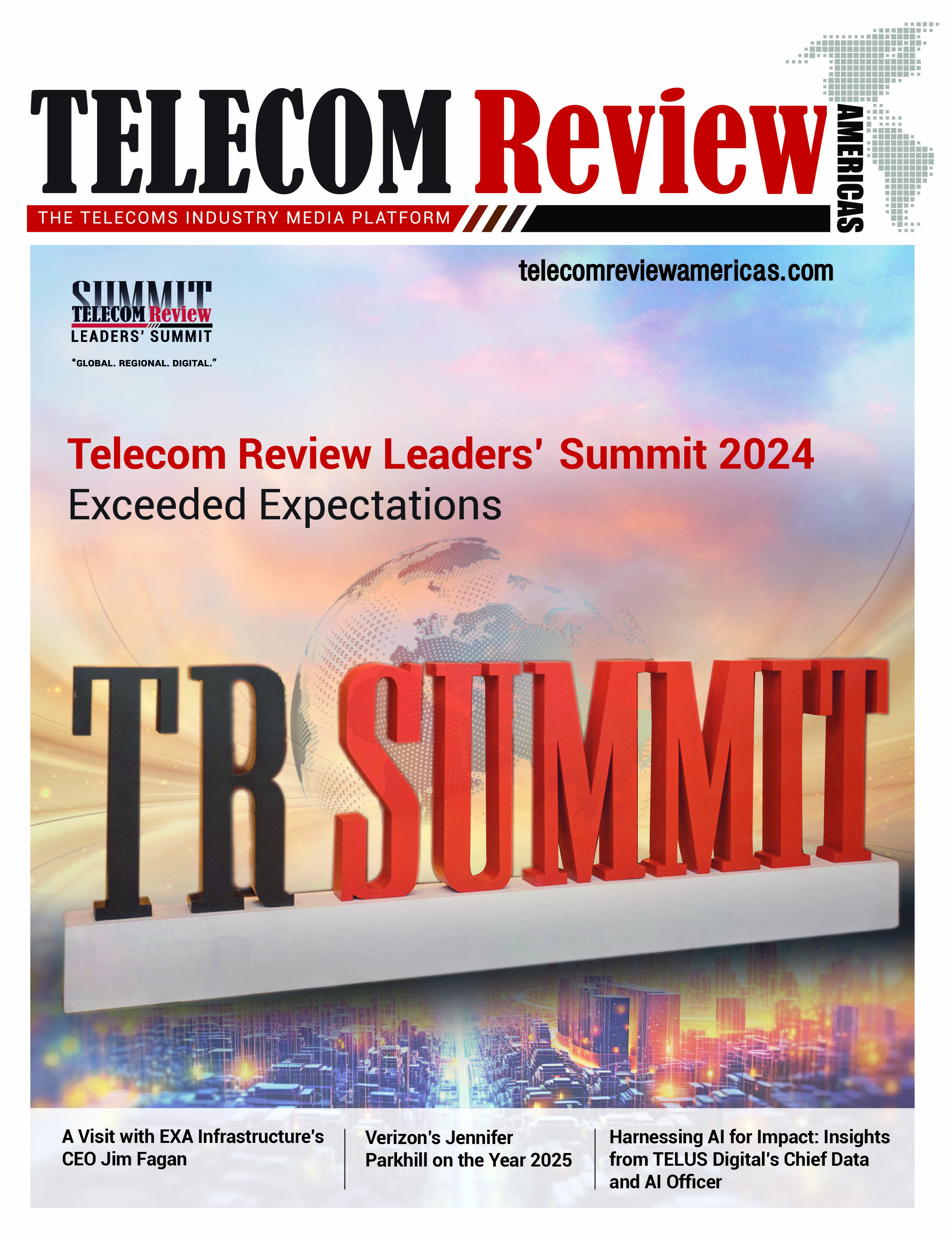The 5G era has undergone three full years of growth, exceeding a half-billion connections by the end of 2021. This number is expected to reach 4.8 billion by the end of 2026, where 516 million would likely come from North America.
5G fundamentals promise communications service providers (CSPs) new opportunities and improved customer experience from 100x bandwidth, 10x throughput, and 10x reduction in latency. To make this happen, CSPs will need to make platform and operations changes that enable them to create and deliver at speed, support multiple pricing models, operate and automate entirely online, and foster complex partner ecosystems.
In reality, 5G offers not just higher speed but also lucrative attributes that can create the potential for entirely new service offerings, use cases, business models, and revenue opportunities. Operators in a 5G world could generate substantial revenues by taking a diverse approach that can capitalize on this technology.
It is the perfect time for telcos to evolve from being only connectivity providers into ecosystem enablers spread across the 5G value chain. The real opportunity will come through synergies offered by Industry 4.0 high growth areas such as the Internet of Things (IoT), artificial intelligence (AI), cloud computing, augmented reality (AR), and virtual reality (VR), among others.
Stepping stones to 5G success
There are a lot of measures to be done by CSPs to be able to ensure that they get the most out of their 5G networks. Before we zoom in on the business models that can gather more profits for operators, let’s first take a look at the processes that would lead to transformation and revaluation.
Modify platform and operations. CSPs need to fundamentally change their underlying operational structure to create and deliver at speed and quickly roll out upgrades to targeted services. This is where open APIs, DevOps, and microservices framework come into play. By implementing these mindsets and techniques, capabilities required for real-time delivery of services, features, real-time order management, provisioning, and configuration can be achieved. CSPs will not lag behind as they break down existing silos and migrate to next-gen OSS/BSS. This move will be critical to supporting opportunities arising from network slicing, dynamic pricing, premium services, blockchain-based solutions, and convergence with IoT, to name some.
Network slicing. Efficiently using the network resources, this mechanism leads to the enhancement of the network architecture principles and capabilities. Applicable in virtualized network scenarios on top of a common shared physical network, dynamic allocation of network capacity is performed according to the requirements of applications, services, devices, customers, or operators. Security and robustness can also be set up within different slices, presenting 5G network slicing as one of the most flexible and most cost-effective models for network differentiation that could be the game-changer for many industries.
Automation. To be agile, faster, and more organized than before, having a fully automated platform that leverages 5G could be the key to truly monetizing. An extremely high level of AI-driven automation is necessary to handle numerous offerings to be delivered via 5G. The requirement to constantly change network parameters and configurations to meet customer expectations creates huge amounts of complexity that network automation can handle. CI/CD, for instance, reduces development time, supports multi-vendor VNF onboarding, and manages service lifecycle management.
Strategic partnerships. A long-term 5G strategy cannot work independently. Ideally, operators need to establish strategic partnerships as early as possible and build the trust and communication required for uncovering new services and business models. Leveraging 5G with partners like enterprises, service providers, OTT players, hyperscalers, towercos, and other ICT actors would make a harmonized and open ecosystem that will bring a win-win for all parties involved. Remember that CSPs are not only limited to connectivity now, and with 5G, they enable value-added solutions across industries. With partnerships, they will be able to maximize this potential and gain more income.
Advanced use cases. The convergence of 5G and IoT is one of the most promising and widely-explored use cases in the industry 4.0 era. Smart manufacturing, remote-controlled industrial robotics, plant telematics, and Industrial IoT services are all expected to flourish with 5G, as well as healthcare, automotive, retail, fintech, and media consumption. These all require a boost in accessibility, availability, and service delivery that can be fulfilled with the high reliability and low latency of 5G.
Be more to earn more
Monetization is one of the most talked-about areas when it comes to deploying 5G networks. Communication and digital service providers are considering how to best utilize the technology in order to maximize ROI and undeniably, it is in the B2B sector that telcos can truly reap the rewards of their 5G investments.
As the world around us becomes smarter, more connected, and more digitally enabled, there is a must for network and connectivity solutions. With 5G-enabled networks, telcos can provide such solutions to many verticals, in the form of network slices and private networks.
In 2035, 5G is anticipated to enable $13.2 trillion of global economic output. This massive opportunity is a good motivator to have the right 5G monetization systems that can be the key for CSPs to deliver the promise of 5G in a fruitful manner. 5G is capable of creating new monetization pathways for CSPs in both traditional and new markets – including a renewed focus on enterprise and industry.
If we look at the leading US carriers such as Verizon, AT&T, and T-Mobile, they are currently transforming from being connectivity providers into solution enablers and creators.
Verizon is already monetizing 5G, according to CEO Hans Vestberg, and this has been exhibited as service revenue grow further and the 5G migration goes from limited to unlimited premium. Its growth vectors include mobility (5G Home), network-as-a-service, mobile edge computing, and Mix & Match 3.0 offering. The Verizon 5G Ultra Wideband is also applicable for business use cases ranging from autonomous machines to massive Internet of Things (IoT), while it's embarking on edge projects to provide value-added services to its business segment and hosting its 5G workload internally.
On the other hand, AT&T is rapidly advancing in 5G services and fiber and divesting away from its media business. As part of this strategy, AT&T plans to double its fiber footprint to over 30 million locations and double its business customer locations to reach 5 million. AT&T is also developing software solutions on top of its connectivity, collaborating with valued partners to develop new business solutions.
T-Mobile’s 5G network is reportedly fueling new MVNO deals behind the scenes; looking for the right partners on wholesale deals to create good complementary businesses and monetize the excess capacity on its network in a smart way from a value creation perspective. The operator’s solutions also range from fleet management, IoT, security, and asset tracking management.
With the few case studies above, we can infer that going beyond the traditional notion of carriers’ bringing sole connectivity to consumers has evolved to become more vested in enhanced enterprise services, B2B2X business, and dynamic partner ecosystems. Having said that, here are some of the implied 5G monetization strategies and business models that CSPs are and should follow accordingly.
FWA business model. Monetization of wireless home broadband requires CSPs to be able to rapidly manage a vast number of partners to enable touchless integration of hardware and software services. 5G broadband connectivity as a replacement for fixed connectivity is likely to be an opportunity for CSPs to add value to the basic service with additional network features, paid for either by direct customers or by the partners.
Bandwidth on-demand business model. A BoD network allows customization of connectivity parameters, giving the end-user control of network usage. Most network providers provide this offering to provide flexibility as well as scalability to data centers as well as for apps and multi-cloud deployments.
Hybrid MVNO business model. Seen as a pure wholesale B2B play, CSPs could provide wholesale value-added connectivity to MVNO customers. MVNOs' up-to-date technical infrastructures are equipped to provide a range of consumer or business offers aligned with their brands and target market segments, which gives CSPs access to enterprise mobility customer segments they would not be able to reach.
Private wireless business model. In this model, the network operator proposes sophisticated industry vertical offers that can be served in combination with their own applications and devices. These private networks will be realized through a 5G slice that is configurable using APIs, ensuring a high degree of isolation and security which could be a monetization factor when designing the commercial offer.
Conclusion
CSPs must holistically define the way they play and cater or mix between emerging 5G business models and use cases in the market. This will reveal the capabilities they would need such as the right 5G network, commercial innovation, vertical industry engagement, and a culture of mass collaboration. 5G is not the only answer for the digital economy’s demands, but its full monetization together with other technological capabilities can generate more collaboration and prospects for everyone.


































